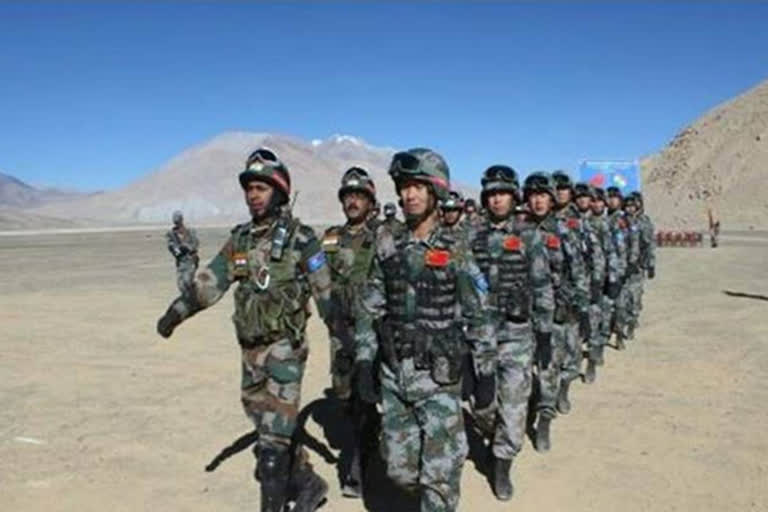New Delhi: Apprehensively waiting for the brutal onslaught of the approaching winter are more than 1,00,000 Indian and Chinese soldiers who have been deployed by both sides along the LAC and in-depth areas.
While the Indian troops are quite experienced in mountain warfare and accustomed to deployment in super altitudes like Siachen, the PLA is yet to experience such tough conditions. For in the extremely cold and high altitude region, easily the most dangerous adversary is nature itself.
There have been many lessons that history teaches us, but one of the most abiding ones is the ill-fated ‘Qarachil’ campaign of powerful but temperamental Delhi Sultan Muhammad bin Tughlaq in and around 1337. Many historians believe the campaign was to attack Tibet and then China.
‘Qarachil’ is believed to be a kingdom (possibly in present-day Himachal Pradesh) between India and Tibet that commanded the route to China.
The Sultan learnt it the hard way when his force of about a lakh troops perished in the Himalayas due to inadequate preparation and lack of mountain fighting experience.
While all historians of those times agree in their scholarly works that a huge army was sent, Zia-uddin Barani gives no exact number, Budauni and Hajji-ud-Dabir put it at 80,000 while Ismail and Ibn Battuta raised it to 100,000.
At that time, Muhammad bin Tughlaq, a much-debated character in Indian history due to his proclivity to undertake very ambitious projects, ruled over a huge empire.
The Khusrav Malik-led Sultanate army (according to some historians it was led by Malik Yusuf Bughra), flush with military success in the plains, were found lacking when mountain fighting skills were required.
Eminent historian Agha Mahdi Husain, a specialist in medieval India, wrote that the emperor’s troops, encouraged with the initial success, sent a written intimation of their victory to Tughlaq who asked them to stay put. “But Khusrav Malik transgressed the emperor’s orders. Flushed with victory, he took the whole army or a detached force across the mountains into Tibet.”
“There it was overtaken by rains followed by the outbreak of the plague. A panic seized the army. The tables were turned. The mountaineers got the upper hand. They hurled blocks of stones from the mountain tops on the retreating troops in the valley below. The military posts established to safeguard the retreat fell into disorder. As a result, the whole army was destroyed,” Husain wrote.
Leading chroniclers of those times have written on the debacle. While Battuta wrote only three of the 1,00,000 soldiers survived, according to Ziauddin Barani only ten soldiers survived.
Various reasons are attributed as to why Tughlaq wanted to conquer Tibet/China. While the riches of the ‘Silk Route’ was a plausible reason, according to Battuta’s travelogue ‘Rihla’ the Chinese had encroached into Indian territory during the early part of Muhammad Bin Tughlaq’s reign and had constructed an idol fane at a lace of strategic importance. This was viewed with grave anxiety by Tughlaq.
Another cause for the expedition lay in the need for securing the northern frontier. While all other frontiers had been secured, the northern frontier was not and the ‘Qarachil expedition’ seems to have been sent to complete the chain of fortifications in the north.
Besides being held by Hindu Rajputs, the Kumaon-Garhwal region served as a place of refuge for the rebels against the government of Delhi.
ALSO READ: IAF wasn't ready to hit Pak after 2001 Parl attack, says former defence secy



